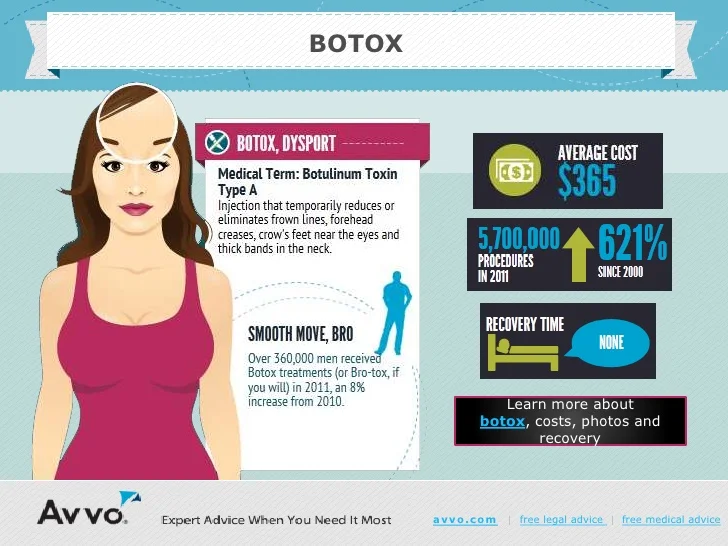Best Oral Antibiotics For Severe Acne
Best Oral Antibiotics For Severe Acne
Blog Article
Acne Treatment - What Are AHAs in Acne Therapy?
AHAs are a key ingredient for unclogging pore obstructions and lightening up acne-prone skin. They work by breaking down dead skin cell build-up to promote newer, fresher cells, and protecting against future obstructions.
Formulating topical AHAs requires thorough attention to various crucial aspects that significantly impact their effectiveness and tolerability. Keeping the optimum pH range, along with car choice and focus, intensifies their exfoliative attributes while reducing prospective negative responses.
Glycolic acid
Glycolic acid is recognized for its mild yet effective exfoliating residential properties, which advertise skin's all-natural shedding and loosen the "glue" that holds dead cells on the surface of the skin. This helps unclog pores and reduce the appearance of fine lines and wrinkles, in addition to enhance general skin appearance and tone.
Surprisingly, topical glycolic acid has actually additionally been revealed to promote the manufacturing of collagen, which is important in keeping skin's suppleness and flexibility. It is important to note, however, that because glycolic acid can stimulate the skin's sensitivity to sunlight, it is essential to wear sunscreen when using any products containing this ingredient.
Dermatologists pay careful attention to the formulation of products containing AHAs in order to optimize their efficacy and tolerability. Formulating AHAs with the appropriate vehicle, along with pH and concentration factors to consider, permits optimum skin infiltration while decreasing possible negative responses. This is especially vital for individuals with sensitive skin, because AHAs are understood to be mildly irritating.
Lactic acid
Lactic acid is found in many over-the-counter skin treatment items and some more powerful expert peels and treatments. It has the lowest molecular weight of all the AHAs and is able to pass through much deeper right into the skin, where it is much more efficient at unclogging pores and exfoliating.
Like glycolic acid, it also boosts collagen synthesis, which aids reduce fine lines and wrinkles and improve skin appearance. In addition, it has moisture-retention residential properties, that makes it better for drier skin types than various other AHAs.
The considerable body of scientific data validating the efficacy of topical AHAs sustains their energy in a large range of dermatological afflictions and visual worries. These include intricate skin restoration treatments, attenuation of fine lines and creases, lightening of hyperpigmentation, restorative intervention for actinic keratosis, and acne monitoring [2] Maximizing the formula of AHAs by balancing pH, focus, and automobile selection further boosts their restorative capacity. These cautious considerations make it possible for skin specialists to deliver secure and efficient treatments that give remarkable medical outcomes.
Mandelic acid
Mandelic acid, originated from almonds, is another participant of the AHA household and is a popular active ingredient in items that help deal with acne. Its bigger molecular size indicates it permeates the skin more gradually and gently, which can lower the capacity for irritation. It's additionally less most likely to set off redness and various other skin botox cost sensitivity problems, making it suitable for delicate skin types.
Mandelic Acid is believed to help reduce swelling and boost hydration. It functions by loosening the bonds in between dead skin cells, allowing them to lose and expose fresher-looking skin. It additionally helps reduce the appearance of bigger pores.
Formulating topical items with AHAs requires an exact balance of crucial elements that dramatically affect their efficiency and tolerability. Particularly, the pH of an AHA solution has been revealed to play a crucial duty in its capability to advertise exfoliation and boost skin tone and appearance. Achieving this ideal concentration is a difficult goal and needs thorough interest to the numerous elements that influence the formulation procedure.
Citric acid
Citric acid, found in citrus fruits such as oranges and lemons, is a moderate AHA. It's less annoying than glycolic or lactic acid, making it preferable for sensitive skin. It additionally has astringent residential or commercial properties, aiding to dry out excess oil.
Like various other AHAs, citric acid can be used in chemical peels and everyday active/maintenance therapies to exfoliate the skin and advertise cell turn over. It can help reduce the look of dark spots and hyperpigmentation, in addition to great facial lines.
It can likewise raise the synthesis of glycosaminoglycans, which play an essential duty in strengthening the skin obstacle feature. This helps to prevent trans-epidermal water loss, and keep optimal hydration degrees in the skin [35]
AHAs can be incorporated with relaxing active ingredients such as ceramides or hyaluronic acid to improve their tolerability. They can be incorporated right into day-to-day active/maintenance skincare with lotion or serum formulas. This permits practitioners to tailor their AHA therapies based on client requirements and choices, with the flexibility of selecting from various treatment intensities or focus.